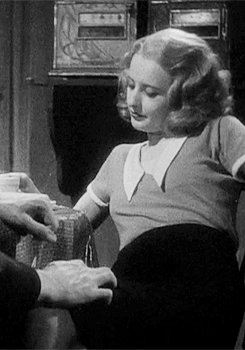For my debut CT! blog I have chosen to write about a subject that is enormously dear to my <3 – the complex world of emoji semiotics. Cross-browser compatibility prevents me from utilising them in the prose, but please enjoy an enlarged version of my Muse Of The Day: the glorious Nail Polish (née Personal Care) emoji:
 |
| The Apple iOS version, possibly the most eloquent of all the renderings. |
Wait, emoji? Is that like an emoticon?
Nope. No word pictures here. No words at all, in fact. Emojis are tiny picture icons that can be inserted into text messages, emails and tweets. First developed in Japan in the late 1990s, they have since been standardised and added to a range of different devices and services across the world including: Apple iOS, Android handsets, Twitter, LG and Samsung phones.
 |
| The Nail Polish emoji as rendered on different platforms. Android going for the bold single finger here. |
Just hold on here. I have left my youth far behind me and I do not believe this subject is relevant to me
It's true that the emoji has been dismissed many times as the inarticulate language of adolescence, but if we examine things more closely, it seems a language of extreme subtlety and esoteric regional dialects is being born before our eyes. The most commonly used emojis (and the ones that come in for the most grief) are the evergreen smiley face and heart combos, but there are hundreds of emojis whose meanings shift and slide beyond the purely representational to an expressive form.
.PNG) |
| The most recently-used emojis on my phone. This reveals more about my inner life than I am generally comfortable with. |
Think of it like this: in the same way that the Japanese have a word for someone who looks worse after a haircut (Age-otori), emojis provide a way of expressing complex emotional states in just two presses of the thumb. In fact, even if you have the temerity to be over 30, a Futurecasting article from NY start-up site Alley Watch [1] posits that: "In 2014 we are going to see emojis ... go mainstream and beyond teens and millennials ... A job of the future is 'emoji semiotics.'"
 |
| There is a PhD contained within this pairing alone [2] |
 |
Why is this emoji significant?
The Nail Polish emoji stands at a particularly potent junction between gender, race and class, a position that shifts significantly when viewed on different technological platforms. By way of illustration, let my Twitter feed break it down for you.
@beckwig painting nails?
— Rachel Rayns (@RachelRayns) July 24, 2014
This is the purely illustrative interpretation – the Nail Polish emoji can denote a particular type of 'prettifying' self-care, literally illustrating when the user has gotten themselves all fancy. There are plenty of tweets that bear out this interpretation. I spent an hour watching the real-time NP tweets on Emojitracker [3], which shows the rate of Twitter usage of every emoji in real time. Like all worthwhile experiences, there's an epilepsy warning:
Here the meaning lies somewhere between a studied diss, a putdown that implies the user has more important things to deal with than the comment, gesture or attitude they're responding to, and, as @varanine [5] put it:
 |
| "Stanwyckian haughty disdain for the mooted proposition." |
It can also be used as a faux-disinterested acknowledgement of praise – the example I've harvested below is from a male user – it says something about this emoji's elasticity that what seems like an overtly gendered symbol can be happily used by someone who self-identifies as ThePussyologist.
So what does this mean for copywriting? Well, it's arguably incumbent on anyone who has an interest in language to take a real interest in the evolution of emoji and their meanings, if only so they can keep abreast of the nuances in digital communication. We are still at a point that emoji semiotics are extremely malleable and where meaning can be actively created. This is especially true where the gaps between Japanese and Western culture have created a vacuum between original intent and subsequent interpretation, leading to a corral of seldom-used emojis, ready to have new meaning assigned to them. We're not even close to needing a full-time emoji semiotician – we're still in our caveman state, learning the rudiments of this new language. And this is a deeply exciting state to be in. The fretting over the emotional vacuum of a :), to be found in too many op-ed pieces [6], is the panic of writers who lack the requisite fluency and curiosity to take this mode of visual linguistics seriously.
But, y'know:
 |
Notes
Clicking on all images of Tweets will take you to their authors' individual feeds.
[3] Emojitracker: they're not kidding about that flashing thing.
[4] There are lots of people more qualified than I am to talk about this phenomenon, which, like any community, is highly nuanced and multi-faceted. Start here and branch out.
[5] Source: https://twitter.com/varanine/status/492409929307680768
[6] Here's a recent example from The New Republic: Ambiguous, superficial, and cute, they’re perfectly suited to a generation that sends Hallmark e-cards ironically, circulates step-by-step guides to "being deep," and dismisses "deep meaningful conversations” as "DMC's." [link]








